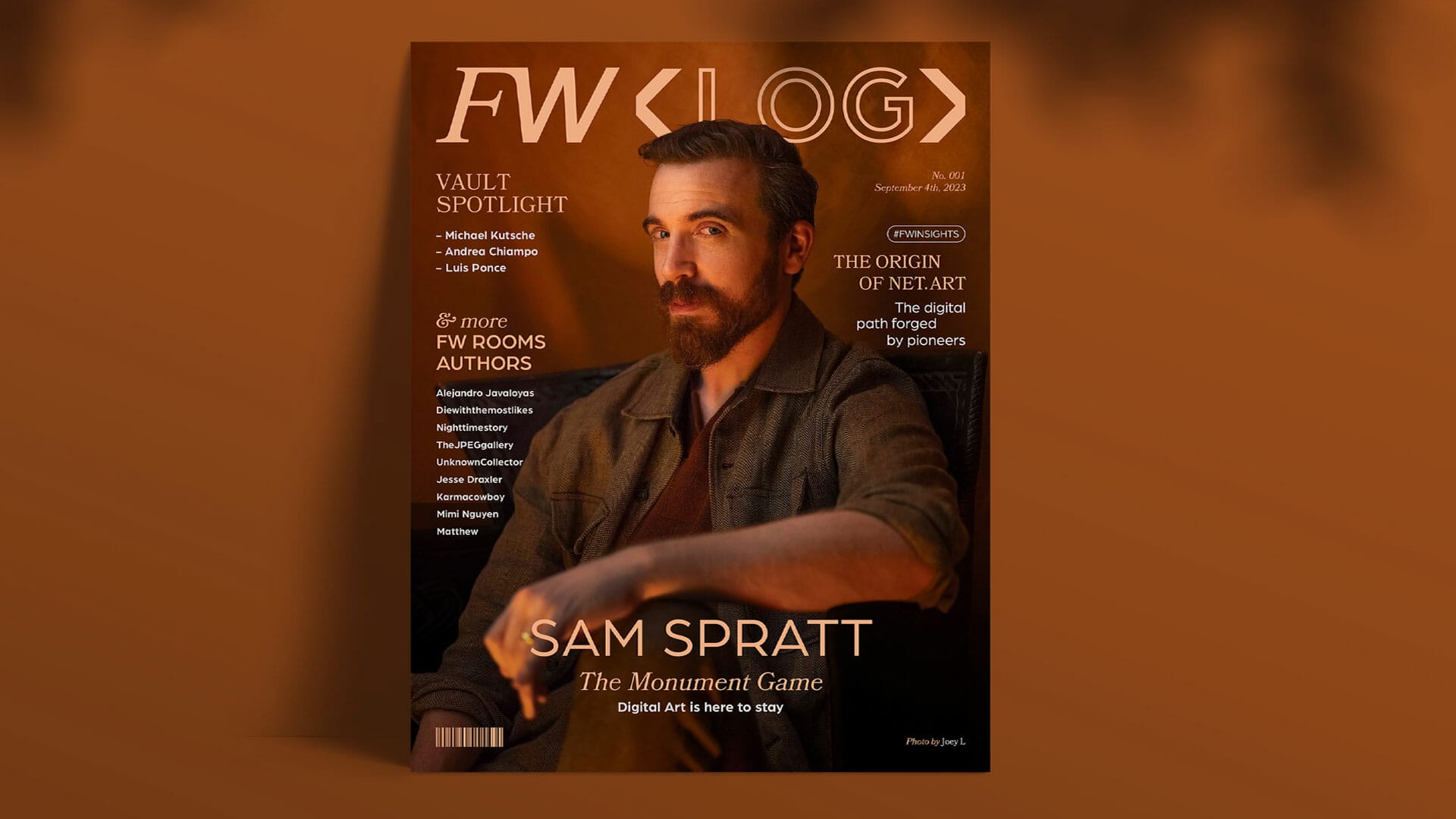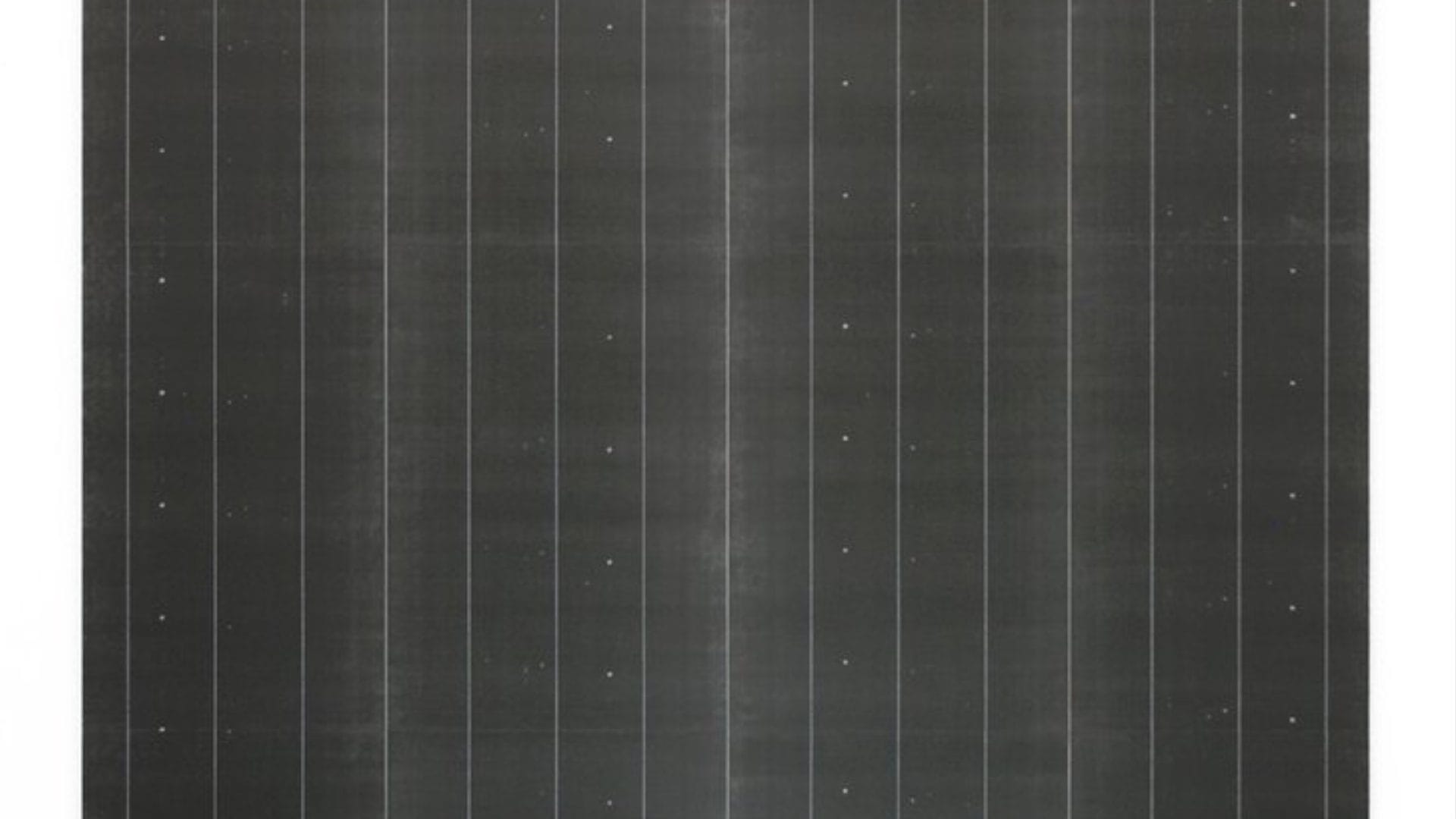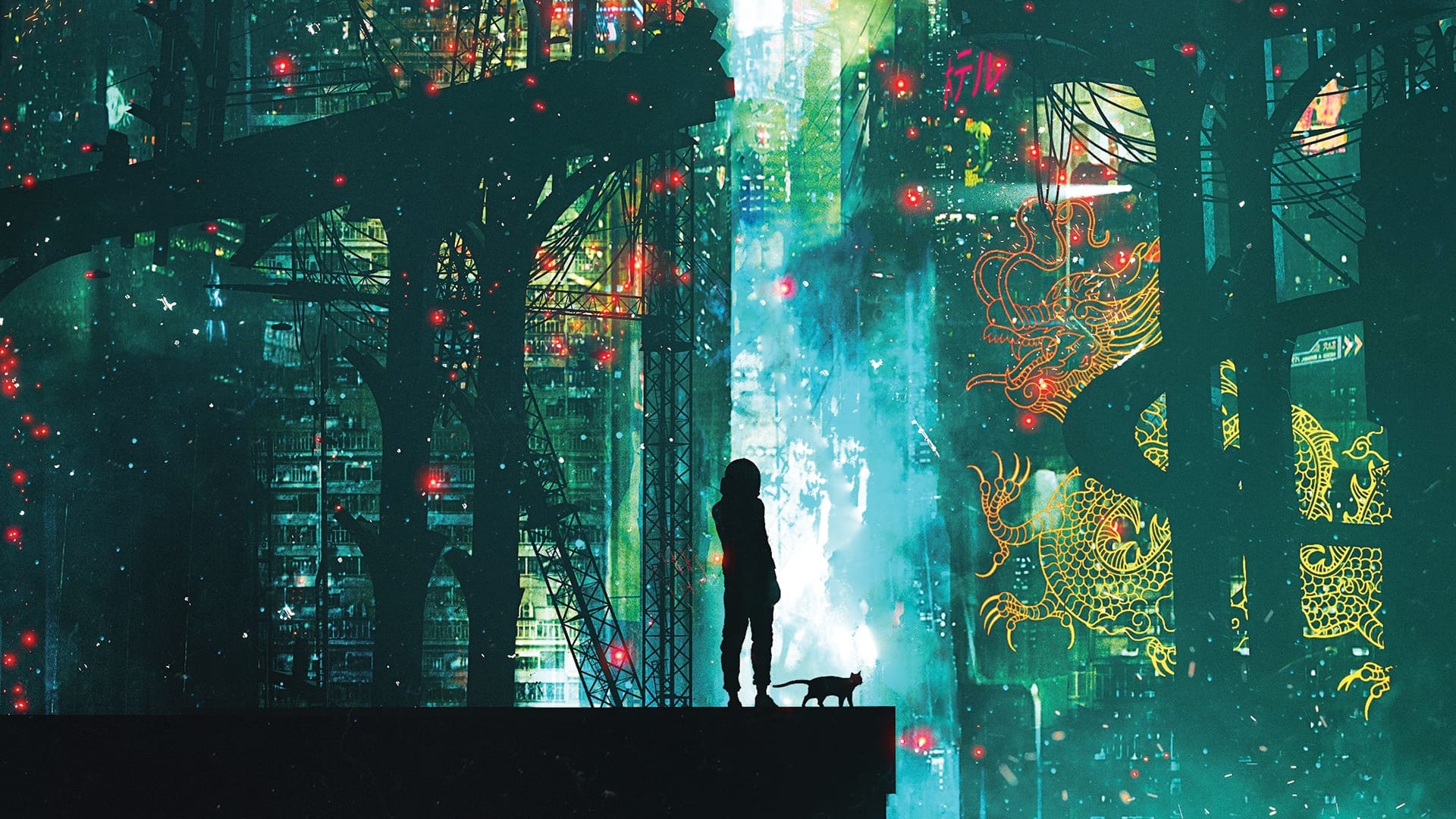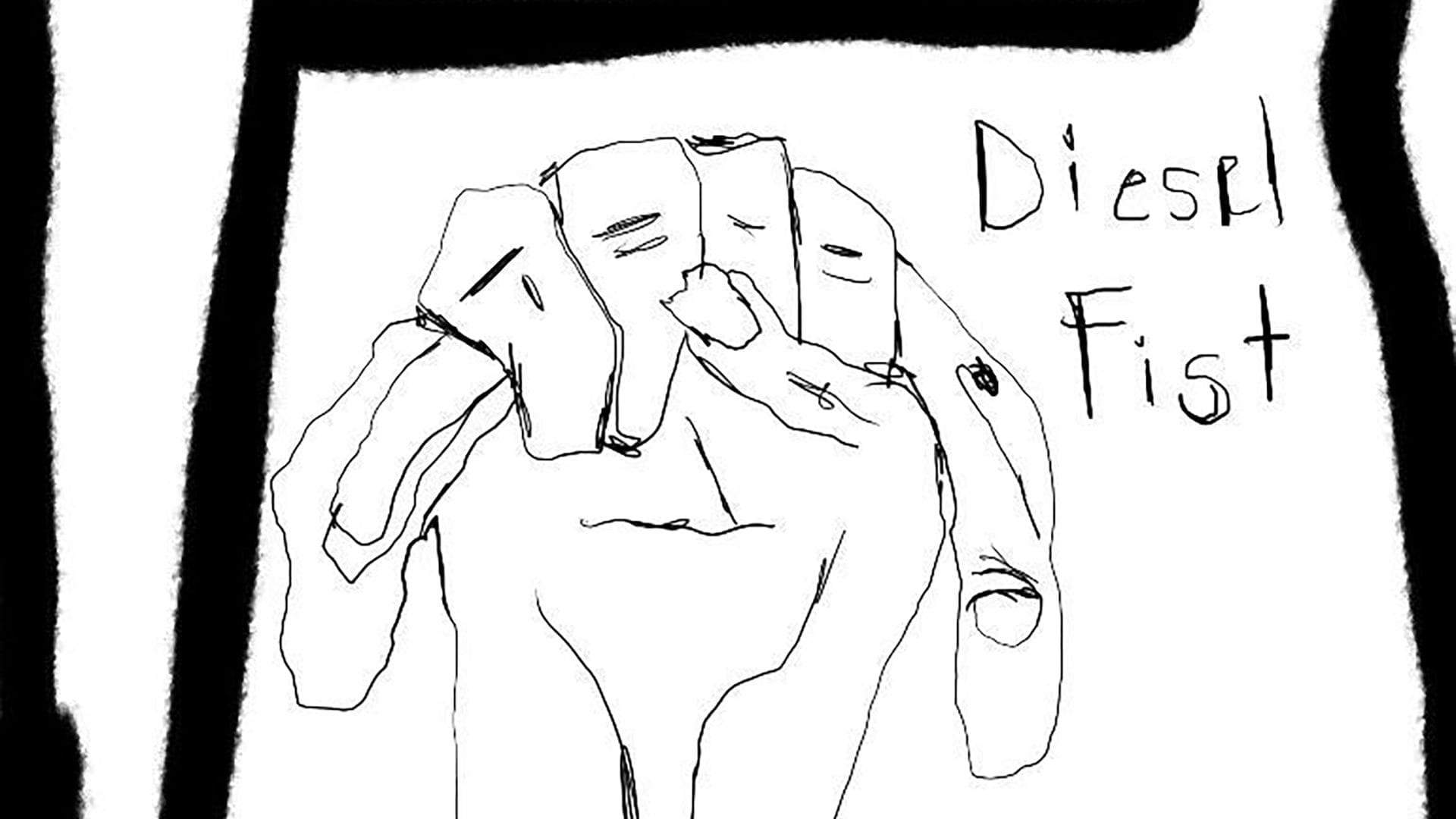
FW LOG: Editorial Feed No. 001
At a time when skepticism frequently challenges innovation, digital art, in particular, has encountered its share of doubters, many of whom were quick to label it as ephemeral, assuming its value would dissipate along with the relentless fluctuations of the market.
Nevertheless, the thriving digital art scene, driven by tenacious pioneers and visionaries, resoundingly declares: ‘Digital Art is here to stay’.
And this isn’t merely a statement; it’s a quantifiable observation — the long-term relevance and cultural significance of the digital art ecosystem are undeniably clear, today more than ever, with landmark projects like Sam Spratt’s recent “The Monument Game” flourishing even in the midst of a downturned market.
In light of this, the inaugural publication of the FW Editorial Feed highlights this enduring resonance on a deeper level, through the exemplary strokes of Sam Spratt’s “The Monument Game” to the committed undertakings of the Fakewhale Vault, to the thought leaders who are broadening the digital discourse, right back to the very origins of this paradigm shift.
And as we navigate these narratives, it becomes increasingly clear that we’re not solely witnessing art in its digital manifestation—we’re experiencing the evolution of art itself in the face of a broader, multifaceted technological-cultural advancement.

Sam Spratt’s “The Monument Game” stands as a robust testament to this statement. Beyond the staggering figures—1116.66 ETH, nearing a valuation of almost $1.9 million—it represents a shift in perspective, and symbol of change, that has the capacity to ignite collective imagination.
It challenges the conventional definitions of experiencing, and truly enjoying art – it isn’t merely about pixel precision, resolution, or impressive sales figures. On the contrary, it’s about the intangible, subtle, yet profound repercussions of artistic creation: the shared experiences that weave individuals into a communal tapestry.
In viewing “The Monument Game”, many have come to understand that, as the landscape of digital art evolves, we are all players, each contributing to a larger narrative.
Also testament to the enduring significance of these times, Fakewhale Vault stands resolute in its mission—to document, preserve, and immortalize digital artifacts that are not commodities but rather singular narratives that capture the zeitgeist of our time.
Hence, as of this editorial, the Fakewhale Vault introduces a new angle to this narrative, bringing attention back onto the artworks and their talented creators minted within the Fakewhale Vault to date.
This week’s Fakewhale Vault Spotlight is on Michael Kutsche, Andrea Chiampo and Luis Ponce.
Hard to Be a God by Michael Kutsche
Drawing inspiration from the Strugatsky brothers’ 1964 science fiction novel, this artwork delves into the intricate relationship between humanity and its technological constructs. The centerpiece features an alchemist, weary and worn, whose body is both augmented and deteriorating due to technology, symbolizing the overwhelming pace at which technology advances compared to our cerebral evolution. It’s a powerful reminder of the age-old narrative where an inventor is outpaced, and perhaps even rendered obsolete, by his very invention. In the age of burgeoning AI, the artwork poses a profound question: Are we on the cusp of an unprecedented leap in human evolution, or are we facing an impending eclipse of our dominance?
CETE DORMIT ET DECIPIT by Andrea Chiampo
Part of Andrea Chiampo’s acclaimed FUTURED PAST collection, this piece was meticulously sculpted and brought to life in ZBrush, showcasing a resolution of 1912×3471. Born in Italy and enriched by a heritage rooted in classical arts, Chiampo’s artwork is a mesmerizing union of tradition and modernity: this piece juxtaposes classical intricacies with digital mastery, drawing the viewer within an interpretative flow, urging them to carve their own narrative from its depth. Ultimately, this piece echoes his core philosophy – art as a personal journey, a canvas that molds itself to the viewer’s perceptions, challenging them to uncover the myriad stories nestled within.
BORN IN THE SEA OF (MIS)INFORMATION by Luis Ponce
With a resolution of 4k and meticulously detailed frame-by-frame animations rendered at 24FPS over 144 frames, this artwork embodies the intricate layers of Ponce’s artistic vision, drawing deeply from themes of post-cyberpunk, transhumanism, and the broader spectrums of cybernetic existentialism and posthumanism. Through its loops, viewers are prompted to examine their very own cycles, confront the known, and embrace the unknown. Ponce’s signature play with vibrant colors further augments the experience, manipulating the viewer’s grasp on reality, and compelling them to perceive the grander continuum beyond immediate apprehensions.
“FW ROOMS” adds yet another vital component to the enduring present and future of digital art.
Historically, the significance of any art piece has been amplified by the conversations around it. Nevertheless today, we face a challenge: while there are countless platforms for artists to display their work, there’s a noticeable gap when it comes to spaces dedicated to in-depth discussions and critiques.
ROOMS addresses this need as it provides a space for critical opinions, discussions, and debates about digital art. Each ‘room’ is meticulously curated by esteemed industry experts and influential thought leaders, carving out autonomous media spaces for the dissemination of insights, the observation of emerging trends, and spotlighting pioneering artists.
In short, ROOMS not only supports digital art but ensures its lasting legacy is passed on by fostering a network of discourse, linking creativity, technology, and human connection.
To date, FW LOG ROOMS authors include: Alejandro Javaloyas, diewiththemostlikes, Jesse Draxler, karmacowboy, Matthew, Mimi Nguyen, NIGHTTIMESTORY, TheJPEGGallery, UnknownCollector.
Finally, through our latest curatorial insight we retrace our steps to the roots with Net.art. A radical movement that existed long before the dawn of NFT technology, Net.art serves as a reminder of the Internet’s transformative impact on art, championed by pioneers like Vuk Ćosić and Jodi.org.
Here, we’re invited to appreciate the core features and pioneers of net.art, emphasizing their role in bringing digital art to life as they charted the uncharted, creating a legacy that today’s digital artists build upon, and bring forward.
Net.art was more than art—it symbolized a fresh perspective, redefined artistic expression, and showcased the internet’s potential as a limitless canvas unfolding before our very eyes.
In summarizing this week’s editorial feed, we trace the enduring trajectory of digital art, reinforcing its role as a permanent part of the culture as opposed to a fad.
Each segment, with its unique narrative, coalesces to depict the resilience and adaptability of the digital art landscape, highlighting its capacity to not only prosper but also to ignite discourse and drive transformative change.
Drawing from both historical roots and contemporary innovations, we discern a clear trajectory: digital art is not just shaping our present, but it’s also forging the future of cultural discourse. The media may evolve, the tools may transform, but at its core, art’s ability to connect, provoke thought, and drive change remains unwavering.
fakewhale
Founded in 2021, Fakewhale advocates the digital art market's evolution. Viewing NFT technology as a container for art, and leveraging the expansive scope of digital culture, Fakewhale strives to shape a new ecosystem in which art and technology become the starting point, rather than the final destination.
You may also like
Fakewhale in Dialogue with Mathias Pöschl
Mathias Pöschl’s work transforms mechanical processes and simple materials into two-dimension
Dangiuz’s Digital Dystopia: The Genesis of Antimatterworld
Leopoldo D’Angelo, better known as Dangiuz, stands as a figure synonymous with disruptive inno
14 – Operation Diesel Fist…Again
Somewhere in the Forest, Montana, United States Kibby held the tablet in front of the group at the c









